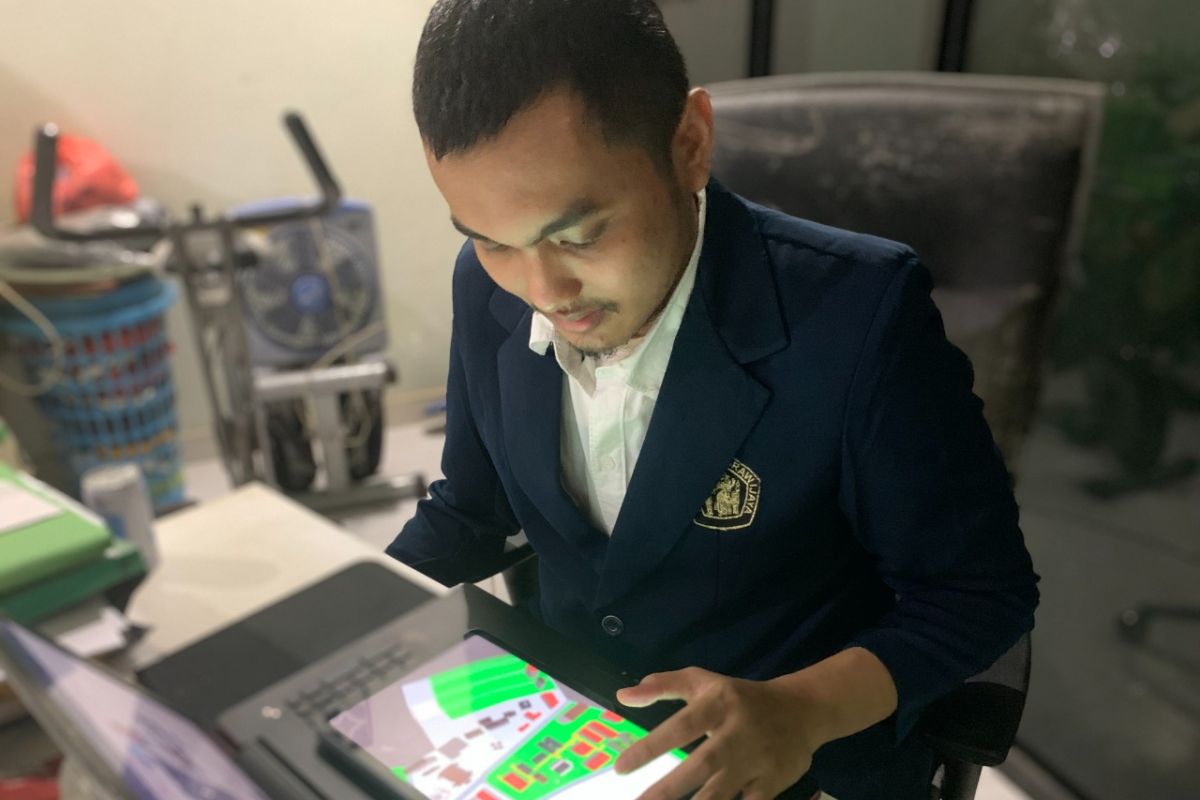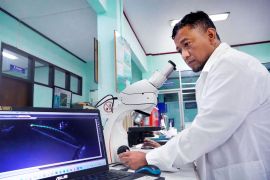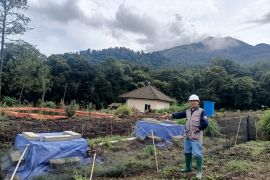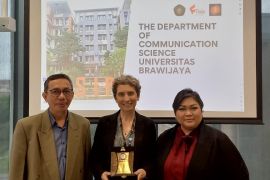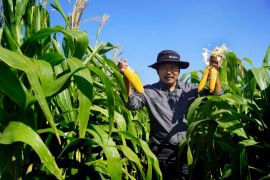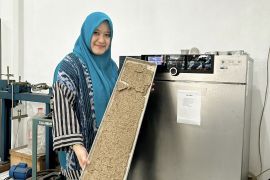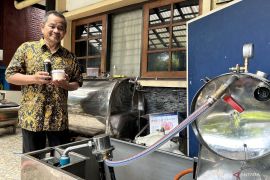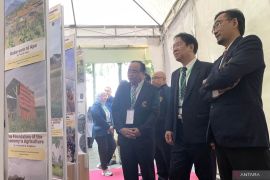Malang, East Java (ANTARA) - A student of the Faculty of Computer Science from Brawijaya University, Malang, East Java has designed a digital map application for visually impaired people called UBblindmap.
As the name implies, UBblindmap is an application based on a map of the Universitas Brawijaya (UB) area that will be released on Google Play Store and is available for download.
Muhammad Erwin Amrullah, who created UBblindmap, explained that the map application uses sounds and vibrations to serve as a communication method to help blind people, who use their sense of touch and hearing.
According to the Masters of Computer Science student at UB, this sound and vibration feature serves as information while using the application to inform blind people about data on the map's application.
"This application is designed based on a map of the UB area and then transformed into a map with sound and vibration features, so that blind people can use it," Amrullah expounded.
The blind map application is installed on a 10-inch tablet to later function as a recognition tool in the UB area. The application aims to help students and blind visitors present in the campus area.
He explained that the UBblindmap application was made through the Unity and Blender applications, which are commonly used for 3D modeling to make games. The map in 3D format is also applicable for people with low vision.
"There are categories for the blind, from low vision to totally blind. They all can use it and the brightness setting has been set for the visual impaired people in the low blind category," he stated.
Currently, UBblindmap is pending submission for obtaining Intellectual Property Rights (HAKI) and for iOS users to be able to download the application.
The application is expected to help blind people as well as be a mandatory facility in campus institutions, so that campuses in Indonesia could become more friendly to blind people, Amrullah noted.
"Students are expected to make more discoveries in helping to solve daily problems," he affirmed.
The student, who is concurrently a member of the Geoinformatics research group, was helped by two of his lecturers: Dr. Sc. Fatwa Ramdani, S.Si, M.Sc and Dr. eng. Herman Tolle, S.T., M.T.


